BFCM Conversion Tactics: Smart Bundles, Flash Sales & Scarcity Marketing
Reading Time: 13 minutesStill approaching BFCM with generic discounts, last-minute price cuts, or scattered promotions?…
Seasonal shifts mean different things to different people. Religious folk ruminates upon the theological significance of dates like Christmas and Easter. Zoologists fixate on how the changing conditions affect animal behavior. Dedicated joggers dwell on the necessary changes to their sartorial choices. Merchants, though, see nothing but money.
After all, people will take all viable excuses for spending money. It doesn’t matter if it’s on themselves or on their loved ones. The effect is particularly strong near the end of the year, with the weather getting colder and the nights getting longer. Everyone understands the impact of retail therapy when times get tough.
If you run an eCommerce store, then, your task when a seasonal event approaches is to prepare for seasonal sales. To carve out a great slice of the pie, you’ll need to have everything working together. That means your product selection, your marketing, and your website. There’s no use winning countless qualified leads if you can’t convert them on your eCommerce store.
At the time of writing, it’s the start of November, so the following weeks will bring Black Friday, Christmas, and the always-hectic January sales. In other words, there’s a lot of money on the table. To help you earn more of it, this post will cover five ways in which you can prepare your ecommerce store for seasonal sales. Let’s get started.
Special Christmas offer! Flat 25% off on all CedCommerce marketplace solutions and extensions
Take a walk to any grocery store in the early weeks of winter and you’ll see a barrage of festive products. Pay close attention and you’ll notice that most of the products are standard. It’s only the packaging that’s changed. Take a regular bar of chocolate and throw some snowy graphics on the wrapper. As if by magic, it starts to feel more exciting.
The lesson to learn from this is that you don’t need new products. More than anything else, you need to present your existing products in fresh ways. Think about what shoppers are looking for during (or leading up to) particular seasons. Around Halloween, for instance, they’re looking for scares and general spookiness. And around Black Friday, they’re looking for one thing above all else: value. So how can you update your copy to suit their needs?
This comes down to creativity. Go through your product descriptions and think about how you could tweak them. You want to keep the key details but spice things up somewhat. And don’t make the mistake of overlooking low-cost products. If anything, you should focus more on those. It’ll make them better last-minute additions as accessories or extras.
People ordering things for Christmas often want stocking stuffers, of course. When they’ve chosen their core purchases and started checking out, you can tempt them with more. A selection of well-presented accessories can make a big difference. Remember to list items often bought together, as an element of social proof will add weight to any deal.
International retail is more common today than ever before, and it’s easy to see why. Simple shipping routes and convenient services make it easy to sell overseas. And with the decline of traditional retail, people are willing to wait for things to arrive. But if you’re going to earn sales overseas, you need to make some changes. In particular, you need to embrace new languages.
English may be a dominant force throughout the world, but that only makes it a strong default. People who have other native languages will always prefer to use sites that cater to them. And while it will take time to adapt your website, it won’t take that long. You can achieve a massive speed boost by using a plugin for translation. The output won’t be perfect, but you can refine it.
A key part of the translation process is addressing cultural disparities. A joke that works in your native language might not work in another. In the same vein, a metaphor you use may make no sense at all when translated. You should have a native speaker review the content for each version of a page. If they flag a problem, you can resolve it with relative ease.
You can’t stop there, though. Once you’ve translated your pages, you need to consider SEO to ensure that they don’t compete for search volume. Your CMS may have built-in options for this, but it may not. If it doesn’t, set unique URLs and add hreflang tags as needed. Check the results to confirm that everything is working correctly. You may have to check SERPs from the different regions because the results vary from region to region. For this, you will have to hop different IPs, and this can be done with the help of a VPN only. Use a VPN that has numerous servers in every country as it will help you to manually check the SERPs better.
Attracting traffic won’t help you if your website can’t handle it. It isn’t unheard of for a popular store to crash due to seasonal demand. When this happens, it leads to missed sales and unhappy customers. There’s also the matter of security. Most ecommerce systems are robust, but they’re not flawless. When a site’s under pressure, fraudsters can attempt to gain access. If they do, they can make changes, or leak private data. A leak like that can destroy a brand.
A good way to test this is to invest in penetration testing. This involves asking security experts to probe your site for weaknesses. Once they’re done, they’ll put their findings in a full report with clear suggestions for improvement. You may need to pay for upgraded hosting with superior bandwidth. You may need to add some useful extensions or switch your payment gateway.
Remember to talk about the steps you’ve taken to shore up security. Buyers get anxious around seasonal sales, worried that orders won’t arrive on time. They also worry about holiday scams. The more you can talk about security, the safer they’ll feel.
Every merchant needs seasonal discounts. If you don’t mark anything down, you won’t get anywhere given the competition. Due to this, cutting prices across the board won’t get you noticed. You need to do something exceptional. That’s where the idea of a tentpole promotion comes in. Alongside various discounts, you should offer one massive discount to catch the eye.
The key is to pick the right product for that discount. It needs to be appealing, of course. Being cheap won’t make something interesting. At the same time, it needs to have a healthy profit margin. You can operate at a slight loss if needed, but it’s not ideal. What do you have that fits that profile? If possible, it should be your biggest seller.
Assuming you can find something suitable, go for something like a 50% discount. That’s the type of offer that people will share across the internet. And when it brings people to your website, they may want to add to that item. After all, if you’re placing an order, why not look at other offers? In this way, that one offer can raise your holiday sales across the board.
A smart way to build pressure is to work around a free shipping threshold. With the 50% discount, make your main product fall just short of that mark. That way, shoppers will want to buy more to get free shipping. The word “free” has a lot of power, so take advantage of it. You can also lean on FOMO (fear of missing out) by indicating when the discount will end.
When seasonal sales arrive, people, don’t start with retailers. They don’t even leap to searching for products. Instead, they look for guides. They want to know what the best products are. What are the most comfortable hats? What are the must-have gadgets? What items make perfect gifts for particular types of people? You can draw upon that interest by blogging.
Your time working as an ecommerce merchant has given you expertise. You know which products people like, and why they like them. You may have tried the products ahead of stocking them, giving you relevant insight. This puts you in a strong position to help searchers. And the more you help them, the more store visits you’ll receive and experience seasonal sales.
Some of those visits will stem from general curiosity and brand appreciation. Others will come from your internal links. You can, of course, recommend your own products in your guides. You shouldn’t be blatant about it, but you needn’t feel ashamed of it. You should believe in the quality of your products, making it fine to suggest them. And you can’t force anyone to trust you. If they want to go with your idea, that’s up to them.
Pay attention to Google Trends and social media topics. This will help you determine what people are looking for. Try to find gaps in similar blogs. If you can’t find a blog post about an important topic, that’s a golden opportunity. You can fill that gap and earn all the traffic. Blogging is also great for SEO in general. The more you update your website, the more Google will consider it worthy of attention.
If you start now, you can make the most of the winter holiday sales, and the tips we’ve covered here can help you do it. Tweak your product copy to suit demand. Cater to international interest. Bolster the technical quality of your store. Set out an eye-catching offer. Work on seasonal guides. Do these things and you’ll see impressive results on your seasonal sales.
Elliot Mark is a senior writer at Ecommerce Platforms with a deep curiosity for the changing world of ecommerce. He’s helped create various unique online stores, providing content and marketing support to help people grow their own ecommerce operations. Connect with him on Twitter @EcomPlatformsio.
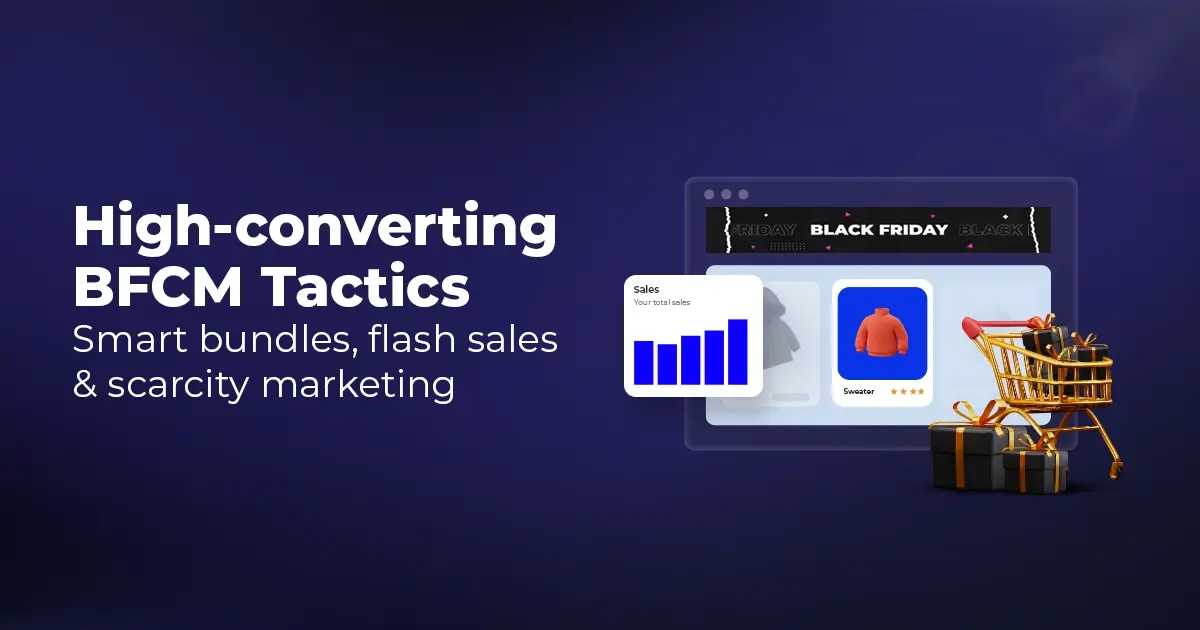
Reading Time: 13 minutesStill approaching BFCM with generic discounts, last-minute price cuts, or scattered promotions?…
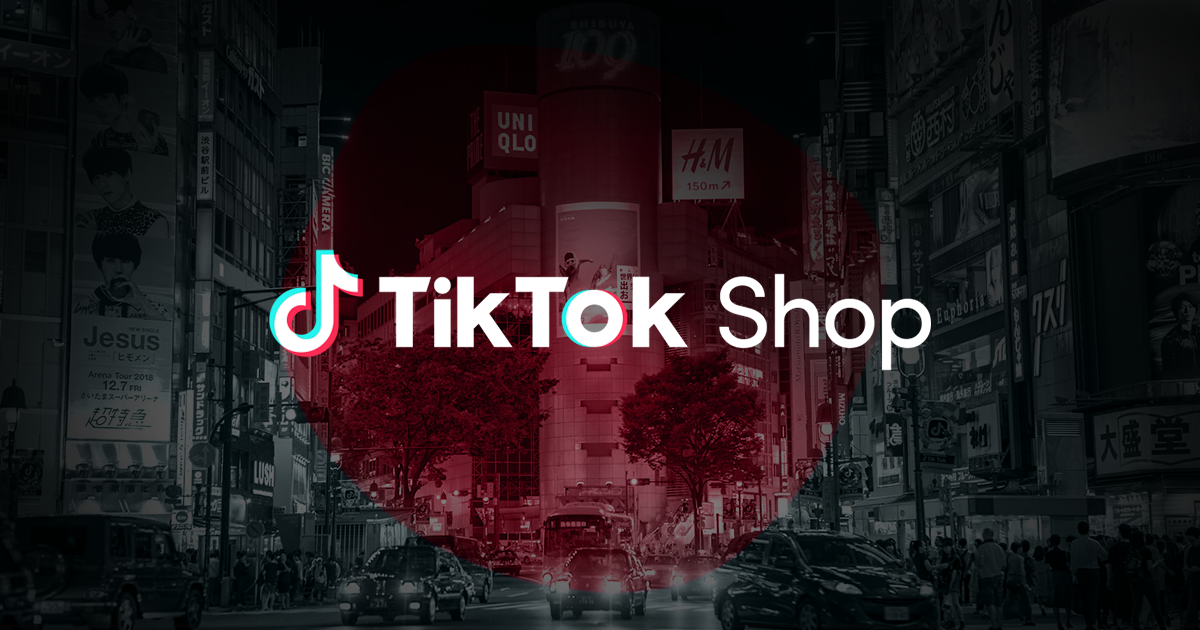
Reading Time: 3 minutesTikTok Shop reached a major milestone during its largest U.S. “Global Black…

Reading Time: 3 minutesOpenAI has announced a new AI-powered shopping research tool designed to help…
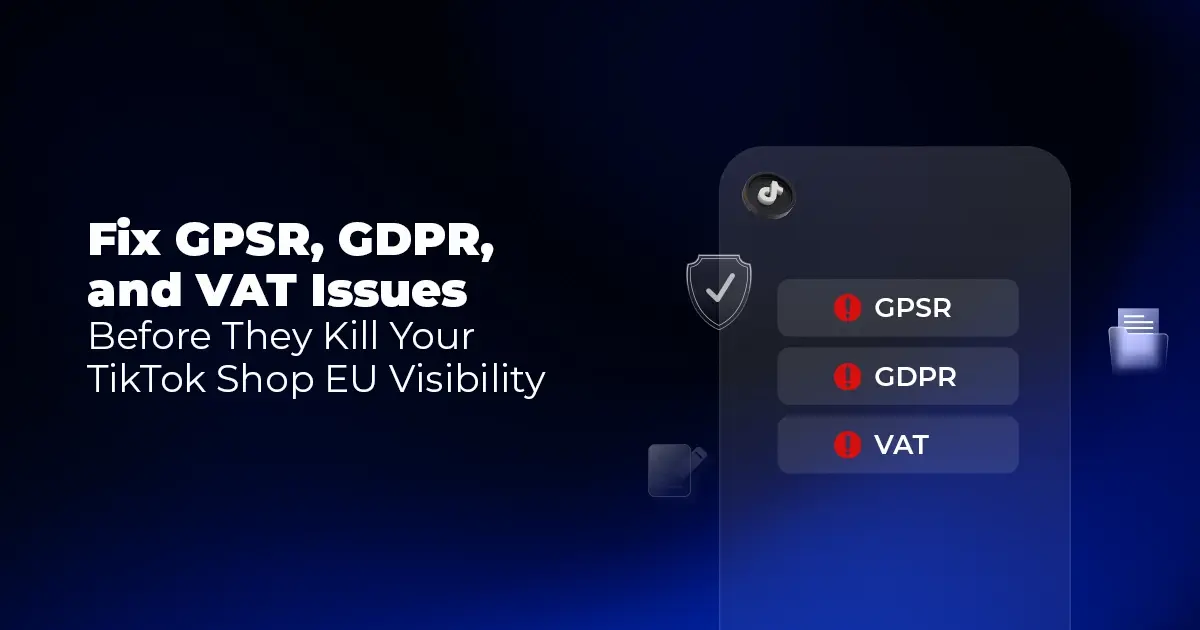
Reading Time: 9 minutesIf your TikTok Shop listings often sit in review or your visibility…

Reading Time: 3 minutesAmazon has rolled out a new “Seller Challenge” feature for eligible Account…

Reading Time: 3 minutesWalmart Marketplace has sharpened its requirements around product classification (category, type group,…

Reading Time: 3 minutesJust ahead of Black Friday, Amazon is enforcing tighter controls on its…

Reading Time: 11 minutesWhere holiday prep of past years focused on legacy channels like Amazon,…

Reading Time: 11 minutesThe eCommerce shift you actually need to act on Multi-channel fulfillment has…
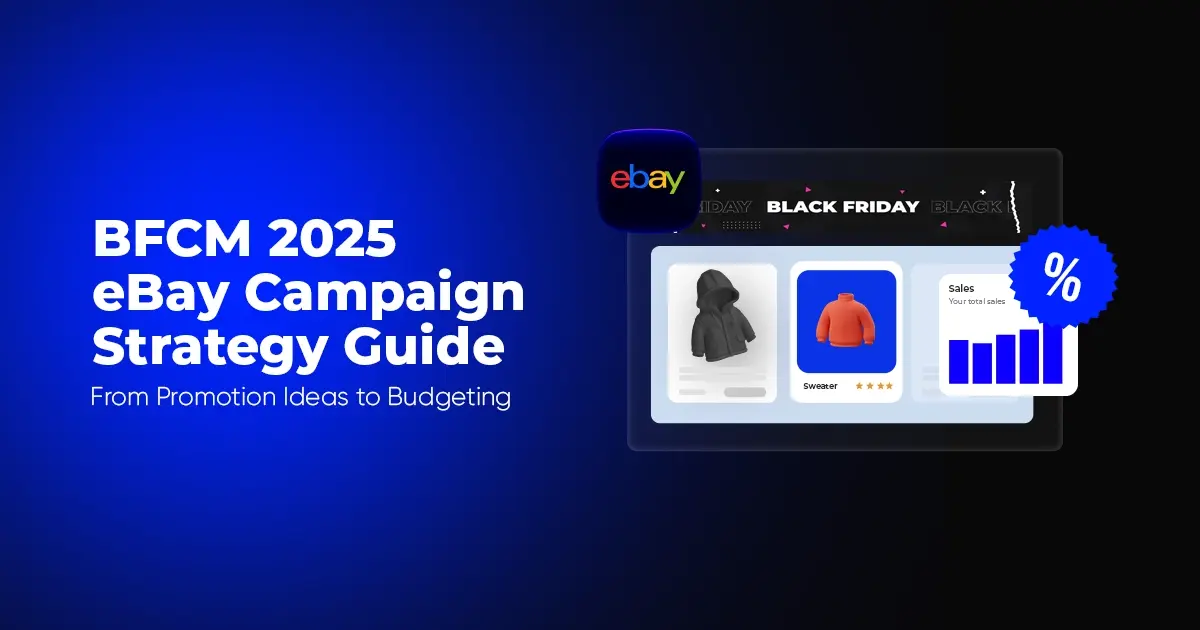
Reading Time: 10 minutesBlack Friday Cyber Monday (BFCM) isn’t a weekend anymore; it’s a two-month…

Reading Time: 2 minuteseBay is quietly testing a new feature that could reshape how buyers…

Reading Time: 2 minutesAmazon is stepping into a new era of value commerce with the…
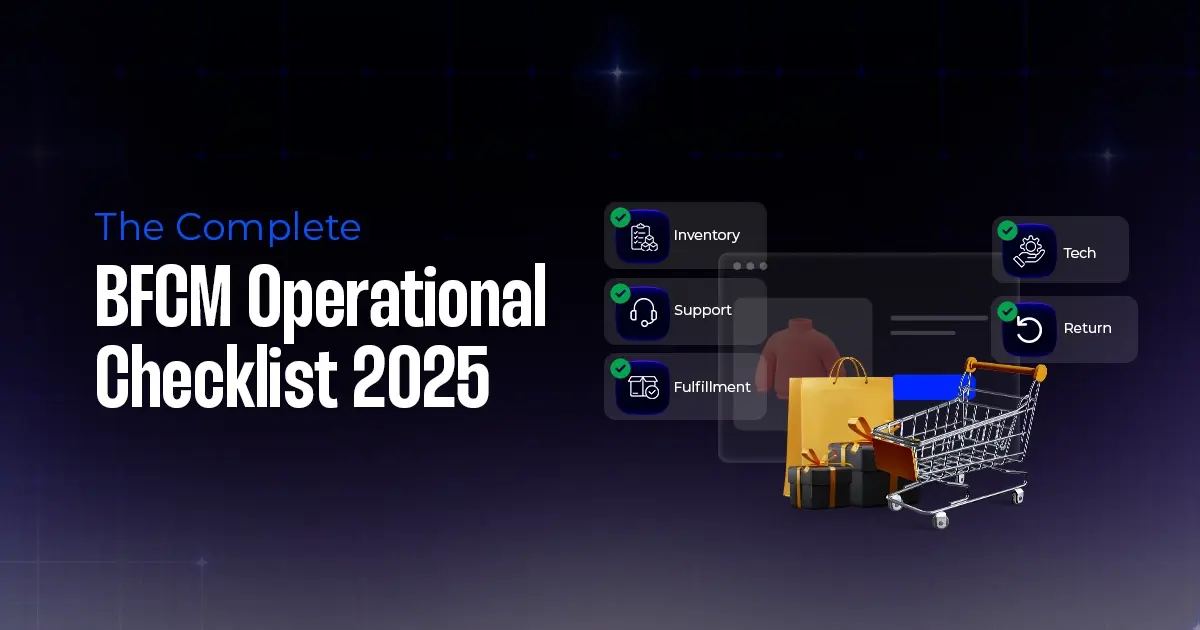
Reading Time: 11 minutesThe $240 Billion BFCM Opportunity & Why Operations Matter Every seller, business,…

Reading Time: 7 minutesTL;DR — Your 60-Second BFCM Battle Plan Time remaining: 3 weeks until…

Reading Time: 2 minutesChina’s Double 11 shopping festival — the world’s largest annual online retail…

Reading Time: 2 minutesAs the holiday season approaches, TikTok Shop has released its September 2025…

Reading Time: 3 minutesIn a continued effort to enable sellers and stimulate new product launches…

Reading Time: 2 minutesAs global trade enters a new phase of regulation and cost restructuring,…

Reading Time: 2 minutesOpenAI Turns to Amazon Web Services in $38 Billion Cloud Deal: What…
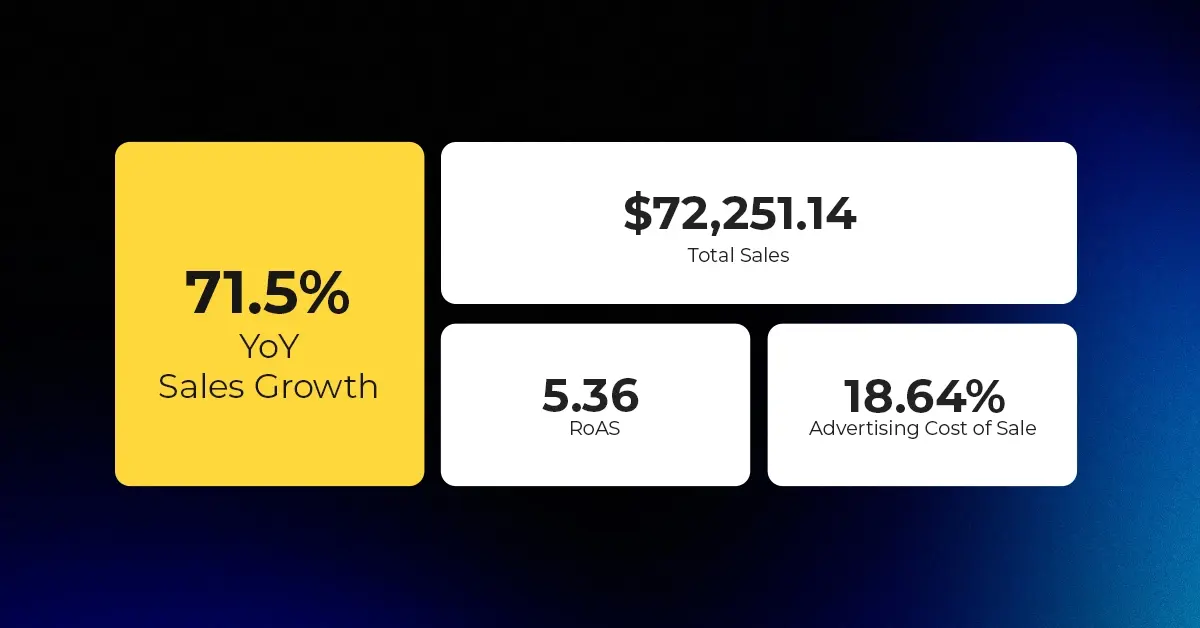
Reading Time: 4 minutesAbout the Client TMRG is a global health and wellness brand with…